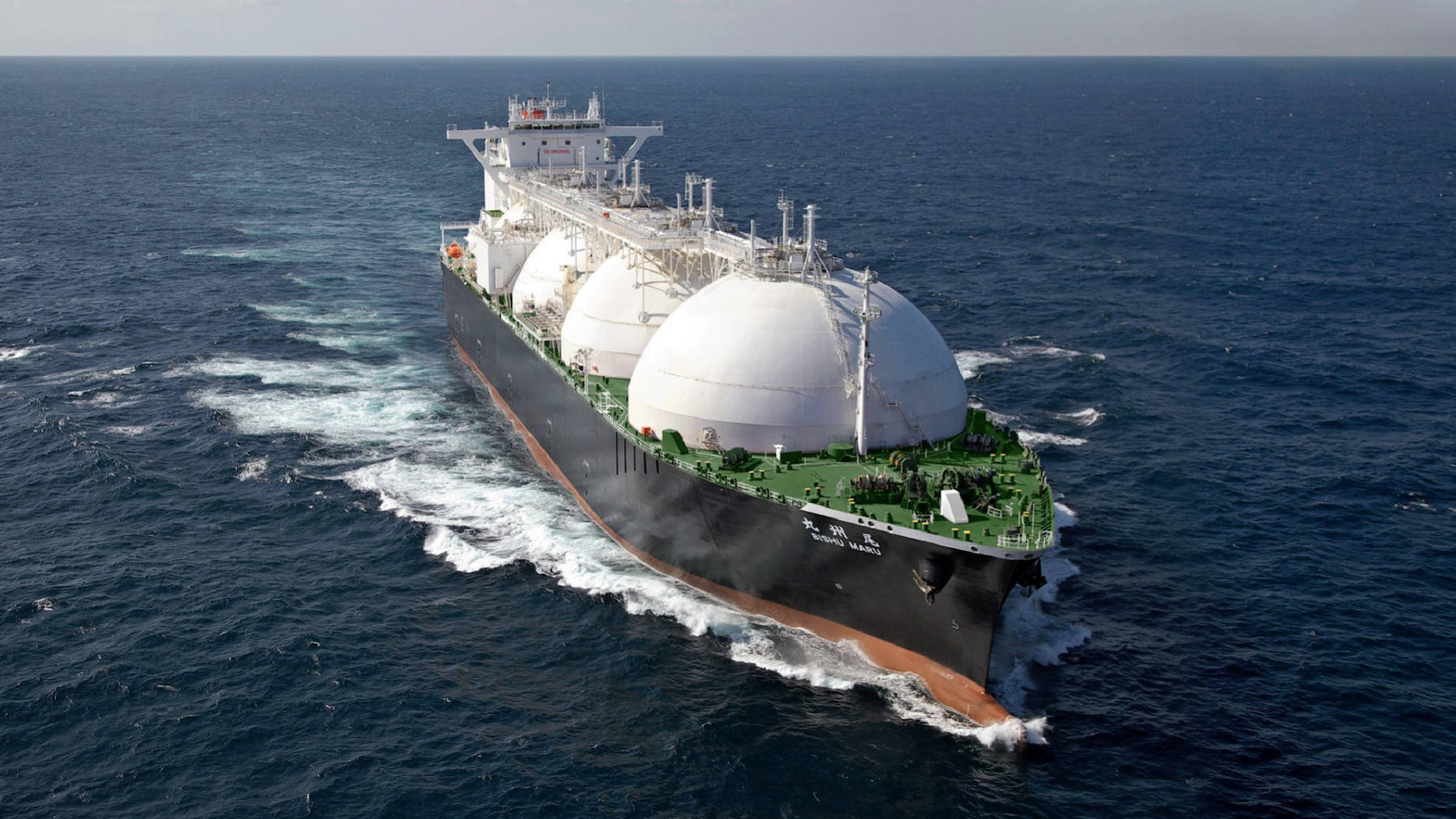The coronavirus outbreak has raised a new risk for Japan -- a potential cutoff of the crucial liquified natural gas supply that would plunge large portions of the country into darkness.

Because LNG is poorly suited for long-term storage, Japan only has a two-week stockpile. Yet, the country depends on the fuel for 40% of its electric power generation needs, and all of the LNG it uses is imported from the Middle East and Southeast Asia.
To protect the resource, JERA, Japan's largest fossil-fuel generator in which Tokyo Electric Power Holdings and Chubu Electric Power have equal stakes, began taking emergency measures to the very frontlines of the battle: the ports where the fuel is offloaded.
At a meeting room in a JERA power station in Tokyo's Shinagawa ward that provides the capital region and beyond with electricity, multiple single-person tents stand in a row. "We have taken multiple measures to maintain a stable supply even if the infection spreads," says a company official.
If commuting via public transportation becomes too risky, employees will sleep at the power station. Work procedure have been changed to insure a smooth flow of LNG. When a carrier ship arrives at port, onshore workers are not allowed to board.
JERA has prepared tents at its power stations, like these ones in Tokyo, so that staff can stay if the infections expand.
These extraordinary steps underscore just how vital the power station is. Tokyo Bay, which stretches across the prefectures of Chiba, Tokyo and Kanagawa, is Japan's most important LNG power generation hub. JERA operates many of the power plants there, all of which run on LNG.
Accounting for about 30% of Japan's total LNG power generation, these plants produce 26 million kilowatts of electricity.
If, for instance, the coronavirus was to force these plants to stop, the Greater Tokyo area would immediately lose its power supply.
Today, LNG is a pillar of Japan's electricity. Before the March 11, 2011, earthquake and tsunami in Japan, LNG made up 28% of the country's power generation. That increased to 40% in fiscal 2017 as the nation's nuclear power plants went off grid, one after the other, following the Fukushima nuclear crisis.
While some of Japan's nuclear plants have come back online, based on the strictest standards in the world, only three of the 10 electric power companies have been able to do so.
Moreover, the coronavirus is inching closer and closer to the nuclear plants. Recently, a contractor working at the Genkai Nuclear Power Plant in the southern prefecture of Saga tested positive for the virus and construction at the site was stopped temporarily.
Japan has traditionally tried to maintain a diverse mixture of power sources -- including nuclear, LNG, fossil fuels and renewable energy -- due to its reliance on imports as an island nation. "It is highly unbalanced to depend close to half of our energy on LNG alone," an official at the Ministry of Economy, Trade and Industry concedes.
Unlike oil, LNG is hard to stockpile. After the Arab oil shocks of the early 1970s, Japan passed a law to require stockpiling oil, and about 200 days of domestic consumption is stored together with the private sector. Even if there were hypothetically a hindrance to the transportation of oil, "we can hold up until the infection subsides," an employee at a private energy company said.
LNG, meanwhile, cannot be held in large volume because of its composition. To ship over long distances, the gas is chilled until it is minus-162 degrees C, at which point it becomes liquid. But it evaporates as it is being transported. That is why Japan has only two weeks' worth of LNG at any given time.
It takes about a month to ship the LNG from the Middle East to Japan. With shipments arriving constantly, a few missed shipments will not immediately signal a crisis. But an extended cutoff will spell trouble for the country.
India became unable to import LNG after locking down the entire country in late March. The Japanese government has said it will not go so far as a lockdown, but if COVID-19 cases keep growing, that could affect LNG imports.
"A single infected person onboard a ship means that the entire crew needs to be tested and the ship needs to be sterilized, and it's even possible that the ship will be barred from docking at an LNG terminal," said an official at a major trading house.
Japan was already facing a power shortage this year, "so the timing is very bad," said a power industry source. The Sendai nuclear power plant in Kagoshima Prefecture was shut down last month because it failed to meet antiterrorism standards. The No. 3 reactor at the Ikata nuclear power plant in Ehime Prefecture is offline following a court injunction. The number of nuclear reactors in operation this year is expected to temporarily fall by half from nine, so Japan cannot rely heavily on nuclear power.
Japan's energy self-sufficiency stands at about 10%, well below the 40% for food. The movement to shift away from carbon has led to a backlash against domestic coal-fired power plants, so dependence on LNG could rise further. One reason that Tokyo Electric is rushing to restart its Kashiwazaki-Kariwa nuclear plant in Niigata Prefecture is because "heavy concentration in LNG power in Tokyo Bay is a major risk to the stable supply of power," according to an official at the utility.
The coronavirus pandemic is testing whether Japan's government and utilities can diversify energy sources to prepare against the risks that threaten supplies.